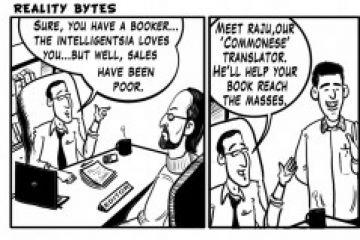
When K. Asaf Ali, India’s first ambassador to the United
States presented his credentials to President Harry S. Truman in February 1947,
six months before Independence, he came as the “first Ambassador of the
far-famed and ancient land of India and of her 400 million people”. For India,
pride, sovereign autonomy and supremacy were paramount in “External Affairs”
even before Independence.
The implication of “External Affairs” was given on August
20, 1947, by the Union Power





